FAST
FACTS
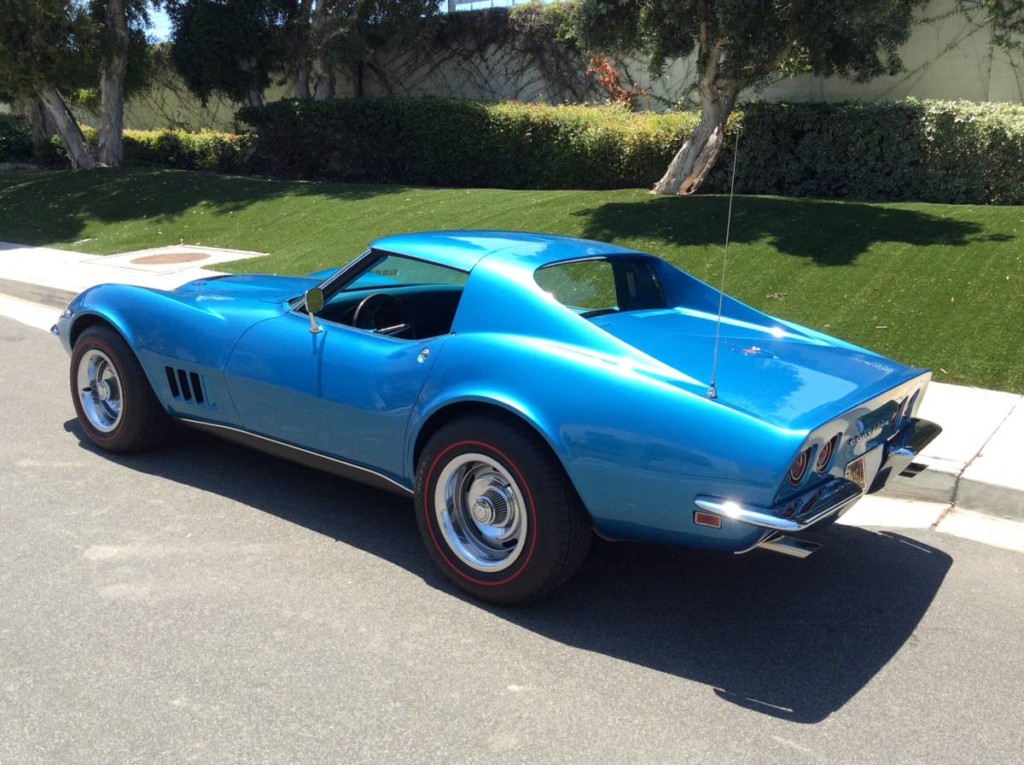
- There were 4 big block options in 1968, and all were 427ci. Each had different power ratings: 390hp L36, 400hp L68, 435hp L71, and the insanely rare 430hp L88. The last two are heavily underrated (esp. the “430hp” L88 race engine), and were completely different beasts compared to the first two. The L36 and L68 (hydraulic roller engines) were the low-RPM “stump pullers” of the group – essentially the “everyday” big blocks
- The L71 engine (found on this example) features 3 carburetors (Tri-Power) and is a solid lifter motor. While this was the highest rated engine option in the brochure, it was not the most powerful – that crown goes to the underrated, race-only L88, which was never advertised in any factory literature. GM discouraged people from ordering the L88 by rating it 5hp less than the L71, while charging twice the price. In reality, the L88 produced close to 560hp. Only 80 L88’s were sold in ’68
- Buyers who opted for the L71 could choose the rare L89 aluminum head option for $806. This added lightweight aluminum heads to your L71, saving nearly 75 lbs. Power output was nearly identical
- On their highest performing engines, Chevy went the solid roller route as hydraulic lifters are limited to <6,000 RPM - any higher, and serious valve float would occur (at this RPM, the internal plungers cannot bleed oil off fast enough, leaving the valve stuck in the open position)
- Solid lifters don’t face this problem, and can rev as high as you need them to. However, the aggressive action of solid lifters will alter the spacing between the valve rockers and valves over time (the spacing is known as the “lash”). This means solid lifter motors require periodic valve lash adjustment
- Air conditioning could not be optioned with the L71 engine. This was a weight saving measure by Chevrolet
- While the “Stingray” name was used throughout the previous C2 generation, the C3 launched without it. The “Stingray” name didn’t return until the 1969 model year. To this day, it is unclear why
- The C3 introduced the removable T-top option. This allowed for an open top experience while minimizing the loss in stiffness from losing a roof
- While the body was completely different from the C2 it replaced, the rolling chassis was still the same, down to the 98″ wheelbase. The same engine options were available as well
- While they scream performance, the famous side pipe exhaust option (available in 1969+) was pushed by the styling and marketing team rather than the performance team. The double-walled pipes were essentially a stretched low restriction reverse flow muffler with a single baffle in the middle. The inner pipe (only 1-7/8″) proved to be more restrictive than the standard rear exit exhaust. However, aftermarket side pipes are more performance oriented, and are a popular upgrade
Key Model Year Changes:
- First year of the C3 generation and the new Turbo 300 Hydra-matic (replacing the 2spd Powerglide)
- Final year for the 327 Corvette. The following year (1969) saw the 327ci replaced with the 350ci
- Final year with an ignition switch on the dash. All Corvettes moving forward had ignition switches on the steering column (until the C5 Corvette)
- Final year of the low back seats (head rests were a rare option). Federal regulations required 1969 Corvettes to have headrests
- Only year with 15×7 wheels. C2 had 15×6’s, and ’69 had 15×8’s
- The recessed push button door lock disappeared the following year (1969), leaving a cleaner looking and more ergonomic door handle
- The standalone reverse lights in 1968 were incorporated within the inner circular tail lights of the 1969 models. (This, plus the door handles and lack of a Stingray badge on the fender are the quickest way to tell a ’68 from a ’69)
- The interior door panels were re-designed the following year (1969) to provide a less cramped seating position for passengers
- Side exhaust pipes and trunk rack become a new option the following year (1969)
- Half way through ’68 production, two frame stiffening gussets were installed triangulating the rear crossmember to the frame. This addressed a small weak spot in early ’68 Corvette frames
- 1969 models had a plaque below the shifter displaying the engine specs. ’68 cars simply had the Corvette flag emblem. 1969 also used a smaller steering wheel
Specs:
7.0L 427ci V8 (L71) | 4spd manual (Muncie) |
435 hp @ 5800 RPM | 460 ft/lbs @ 4000 RPM |
0-60 MPH: 5 sec | 1/4 mile: 13.5 sec |
Base Price in 1968: | $5,100 |
– Click for shipping quote –
Model Year Shown: 1968
Mileage: 43,470

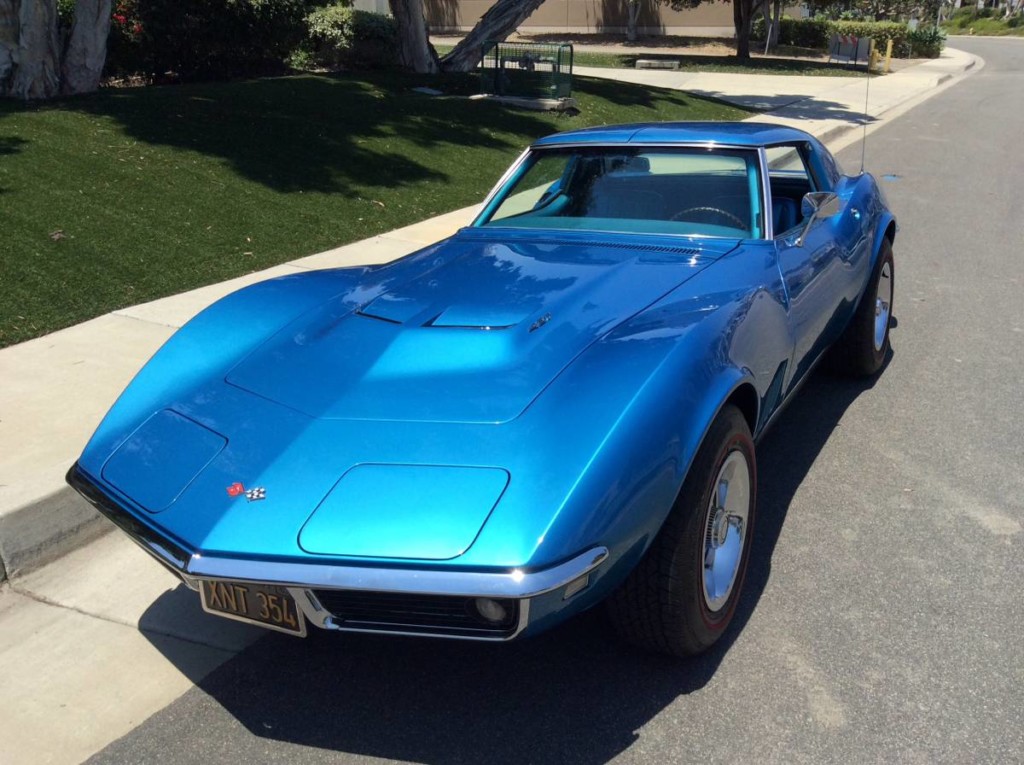
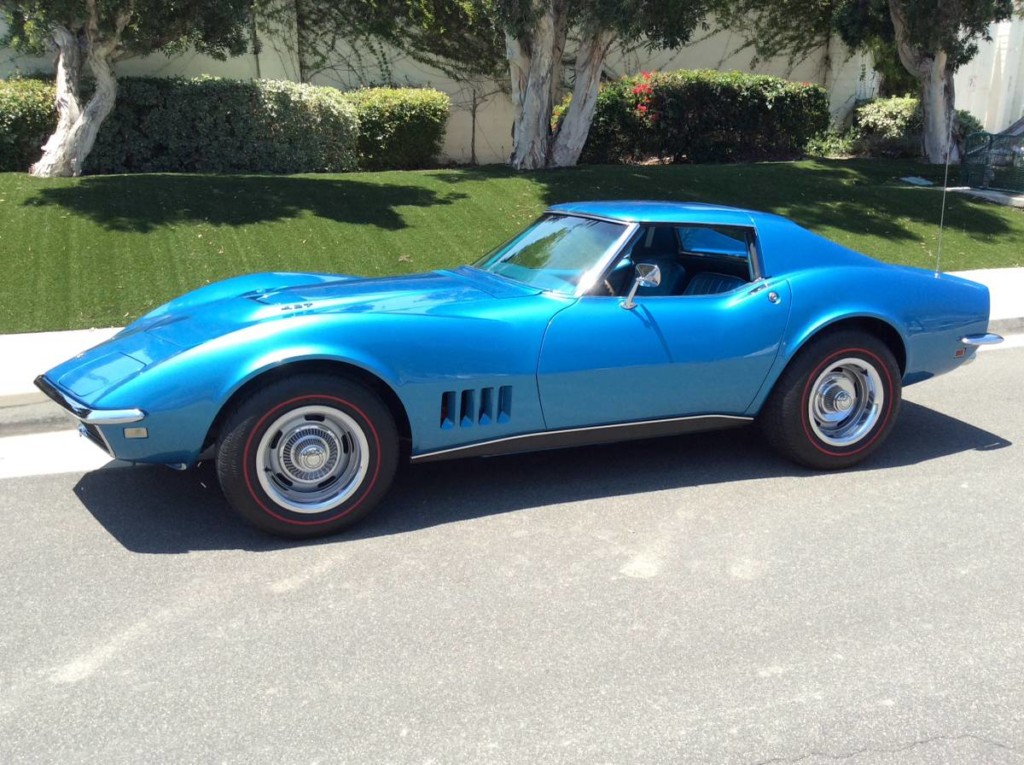
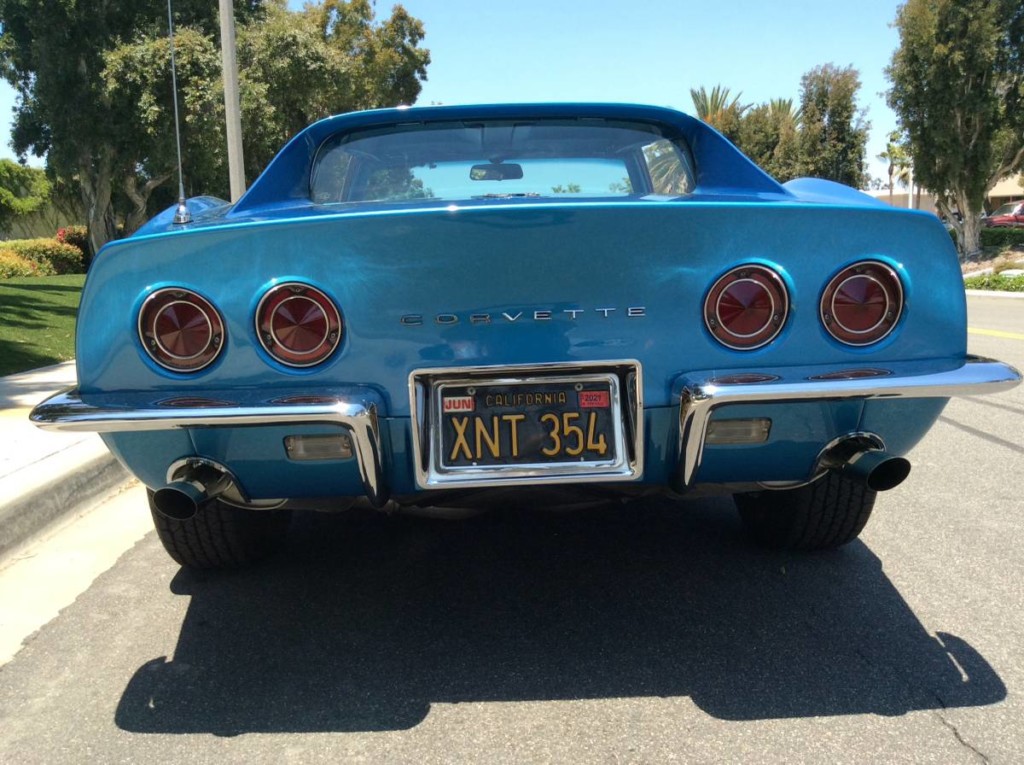
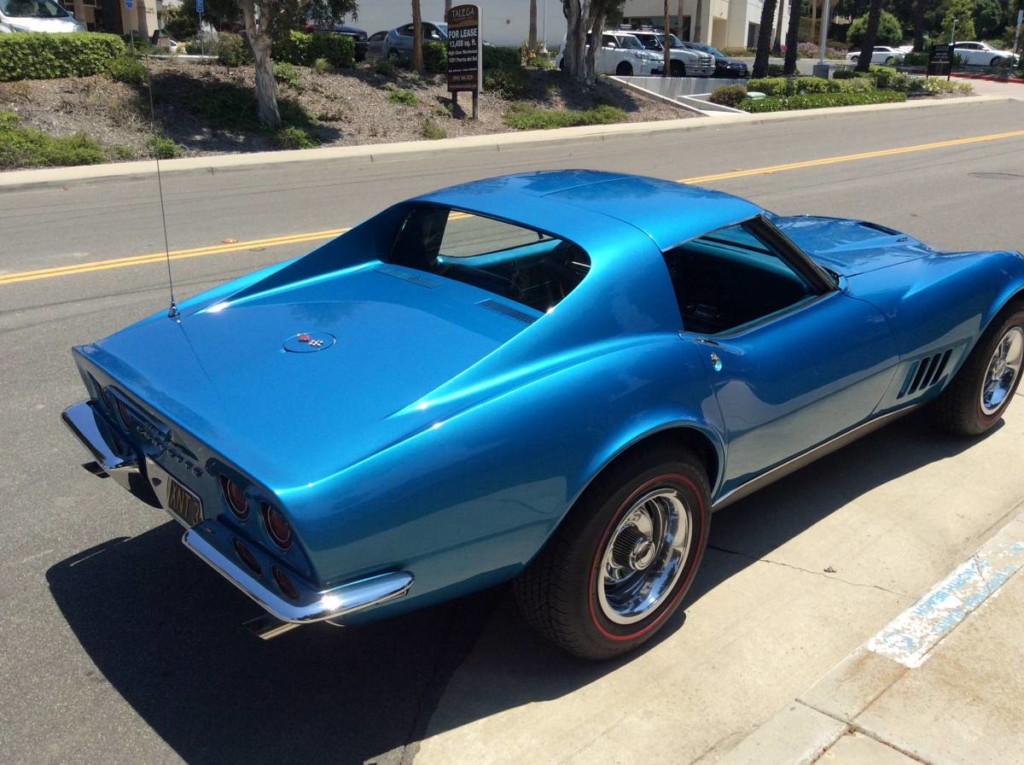
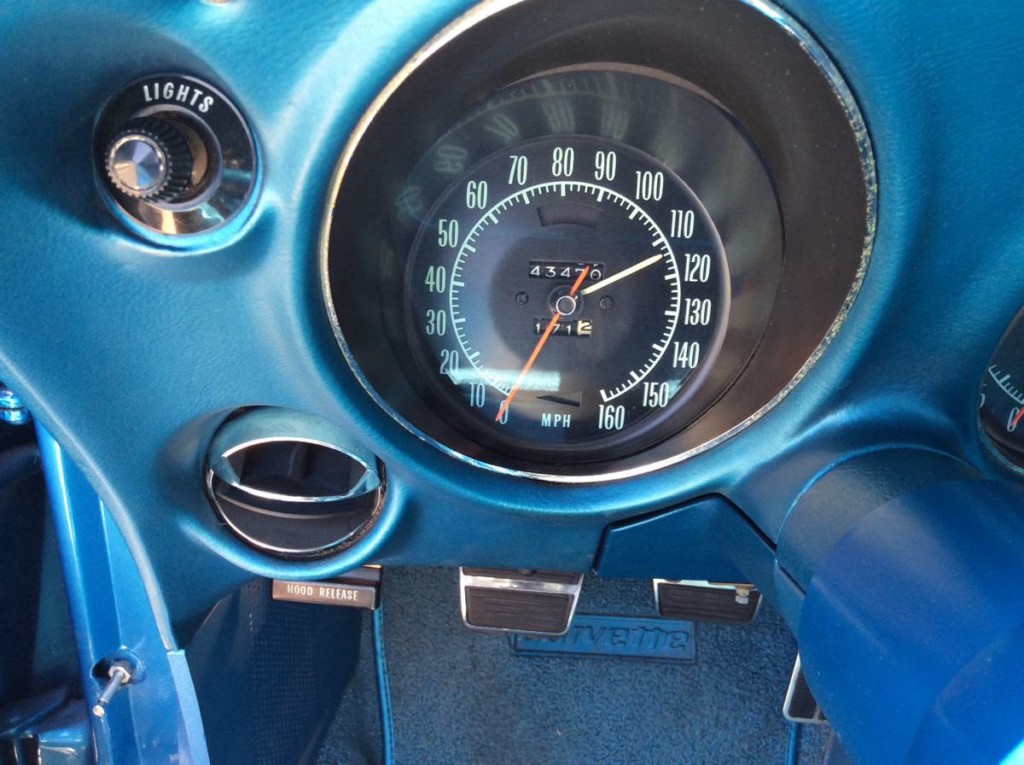
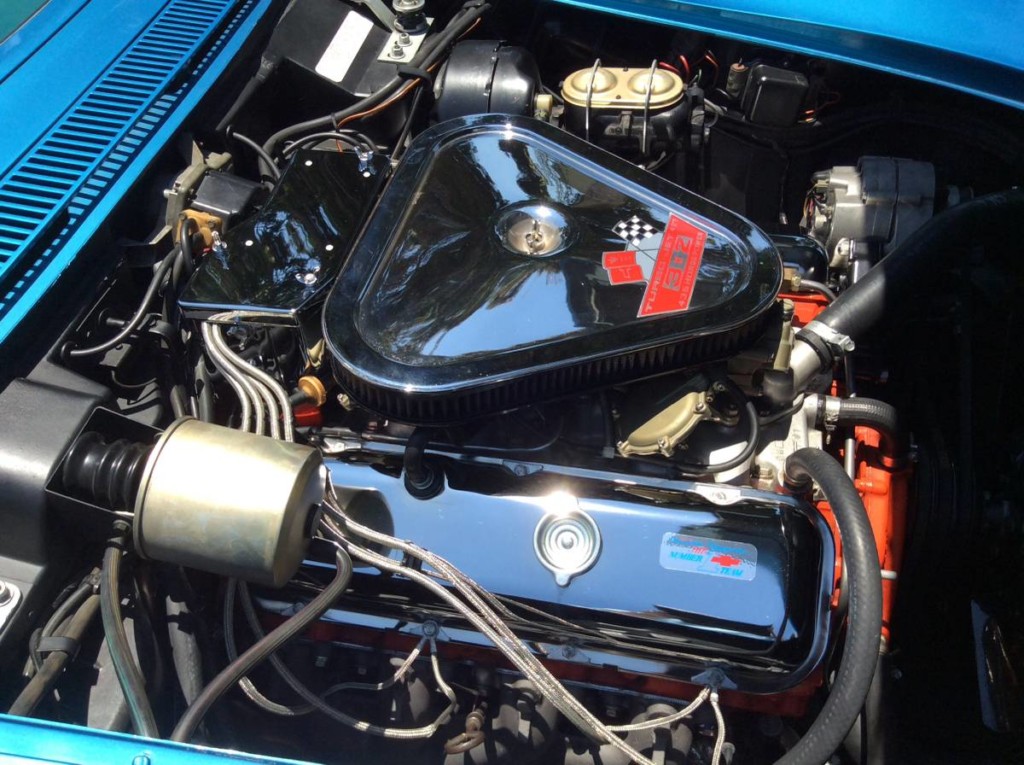
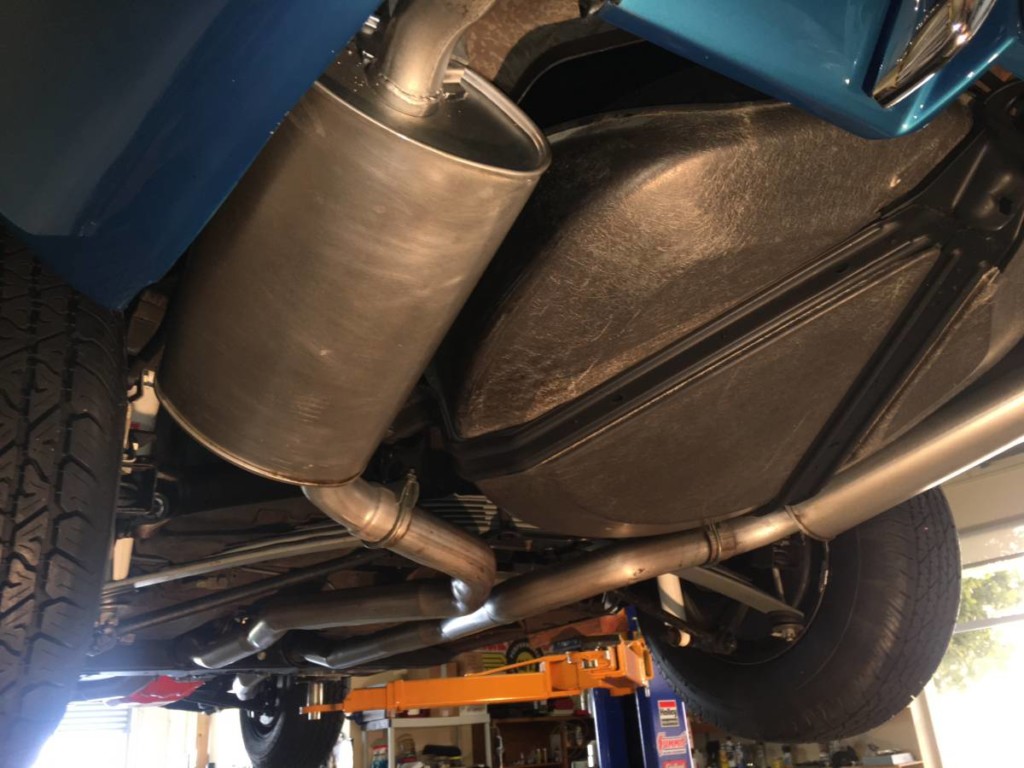

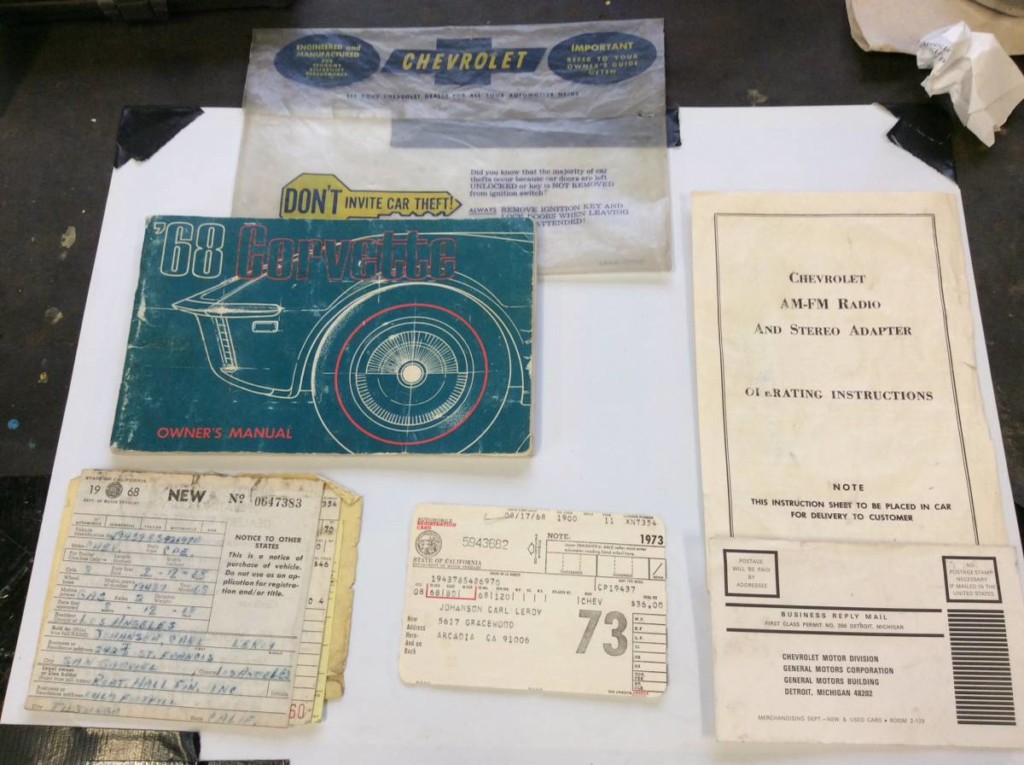

- COMMENTS -